When I think of my friend Stephen Moses I imagine him as the proverbial town crier, speaking loudly with the courage of his convictions, who begins with what should be obvious that the earth is indeed not flat but concludes with the airtight conclusion that the Emperor has no clothes. Stephen was my first guest speaker in 1999 and the ingredients of his recipe to end the current long term care funding madness were already in the pot to boil. He was already clearly explaining that perhaps some of our basic assumptions concerning the source of our industry’s lack of sales success was our lack of understanding the true nature of the problem itself. That the threat of impoverishment was an illusion. That Medicaid was welfare which should be its only purpose. That perhaps a re-examination of our myopic vision of the risk itself must be at the beginning of potential reform. With assistance from the good folks at Paragon Health Institute he has recently released what can only be described as a very compelling manifesto based on a life of service to the same “Cause” I have attempted to chronicle in these columns for the last 20 years. Long Term Care: The Solution, October, 2023, should be mandatory reading for all stakeholders in the continuing struggle to blunt the still largely unprotected risk facing far too many Americans. In his previous work Long Term Care: The Problem 2022 and his preface to suggested reforms in the current work he carefully chronicles how we got here.
- There has never really been a visible risk for consumers. How in the hell did we expect sales success in that environment?
- The only real fuel burning anyone’s motivational fire is the robust and growing fire of state Medicaid costs. What’s worse is we sent out firefighters without sufficient water to change the course of events on the ground. The whole concept of possible mandatory impoverishment was pure fraud.
- What’s even more crazy is the government kept trying to return the cost and risk to the middle class. As an example, extending the look back period to five years. Those who could and should pay, however, continue to slip the noose. We still have massive fraud in Medicaid usage to pay for inevitable custodial care.
- Low interest rates only temporarily masked the financial pain which is returning to the political forefront. Experiments in yet another payroll financed social insurance cannot succeed as proposed. What the fire sale in Washington State has demonstrated is that, when the risk is clearly standing before you, private insurance will be the overwhelming first choice.
- As long as Medicaid pays for the middle class to shelter assets, the solution to the long term care conundrum shall remain caught in a financing trap of our own making.
Stephen has laid out a blueprint that attacks the problem at its core. He has once again boldly confronted what might be best described as the Naked Truth. Lawmakers must take practical actions to stop the State funding mechanisms. Severe and definitive actions need to be taken to finally alter the current failed trajectory.
Step One: Eliminate the Moral Hazard. Shut down all planning tools used to avoid personal responsibility—to include purchase of exempt assets, eliminate home equity exemptions, prohibit asset protection trusts and Medicaid compliant annuities. And perhaps most importantly extend the look back period to 20 years and then “monitor and enforce compliance.”
Step Two: Publicize the now exposed true risk.
Step Three: Reconceptualize the actual size of the risk.
Step Four: Proselytize affordable planning at younger ages.
Although the obvious solution is to tighten and reinforce the fences around our unique risk encampment, these proposals must appear somewhat draconian. As an old cattleman I know you must maintain effective fencing perimeters and nothing works better than new barbed wire. If those within the wire are to prosper they must accept that the only exit is single file with only one gate in the corner.
If by some miracle there were to arise the political will to actually fix a broken funding system, Stephen has provided a clear and precise blueprint to make a real difference.
Other than that I have no opinion on the subject.















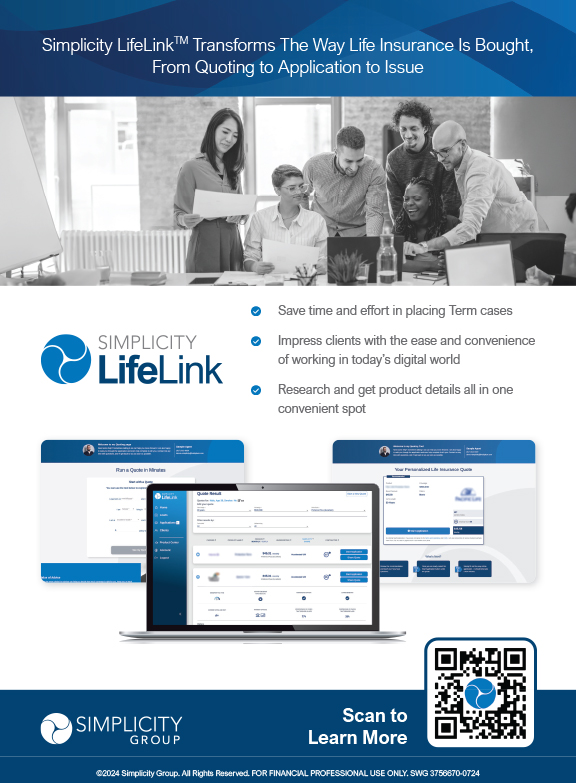

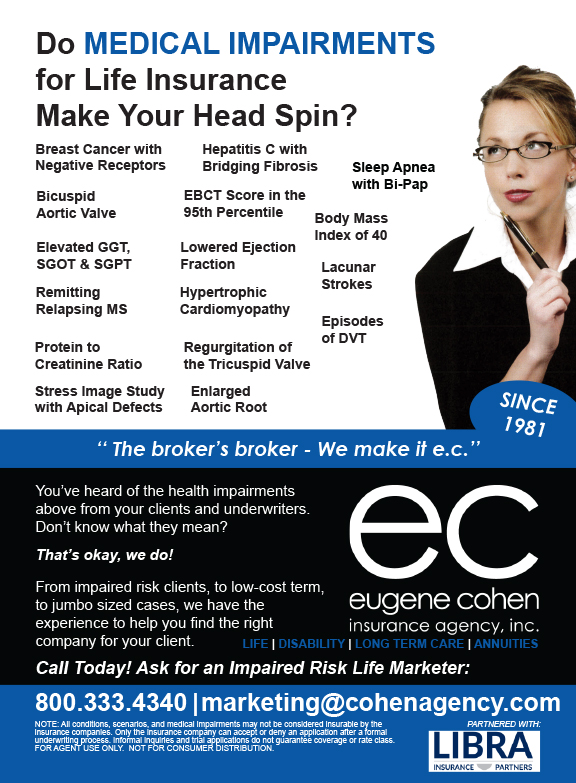
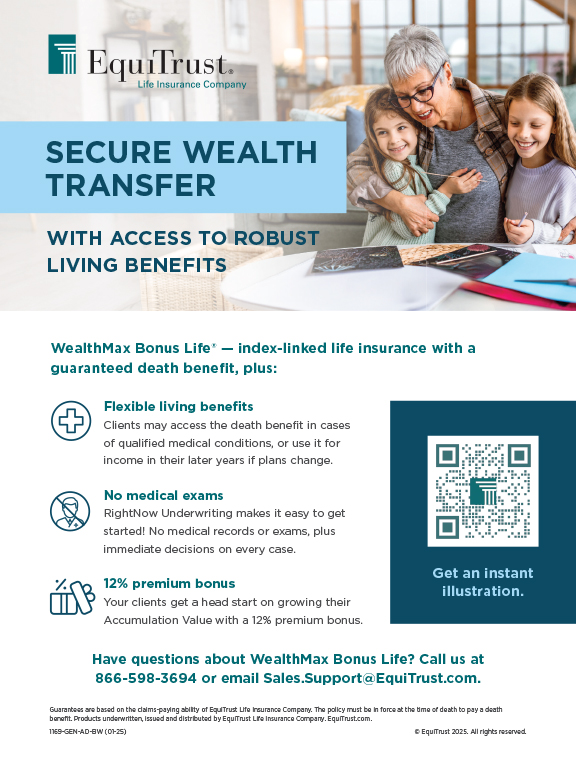
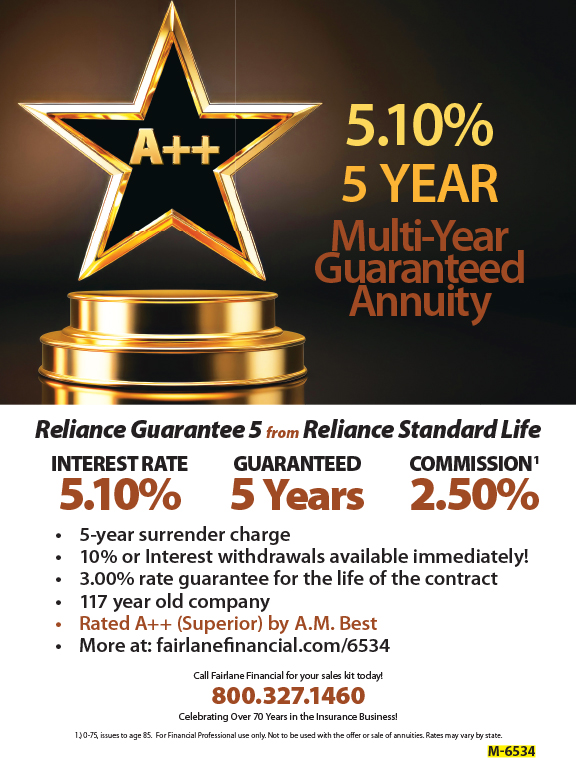



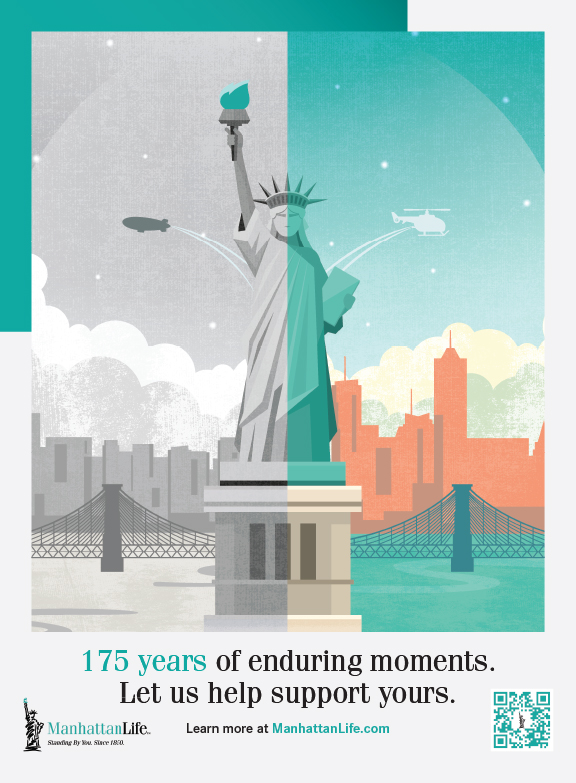

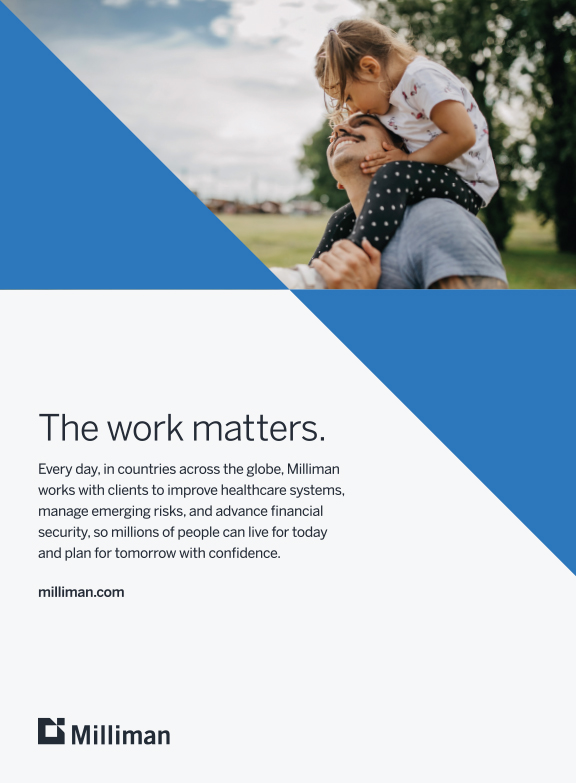
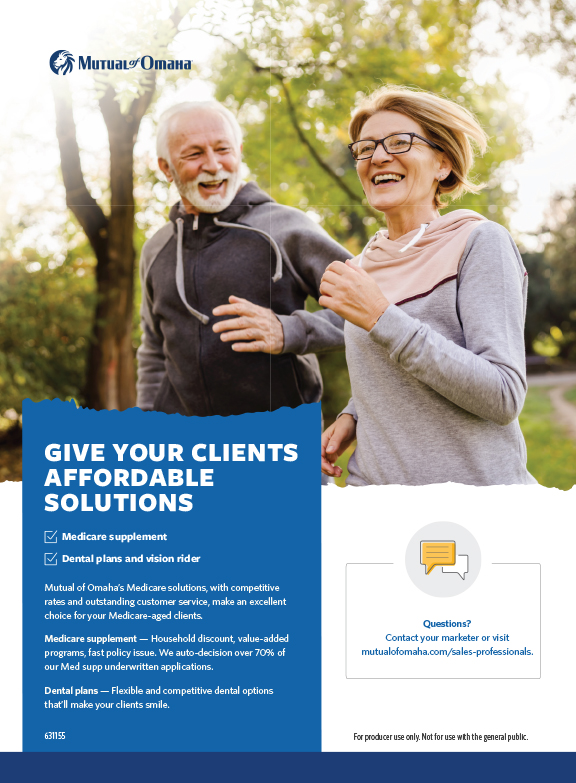

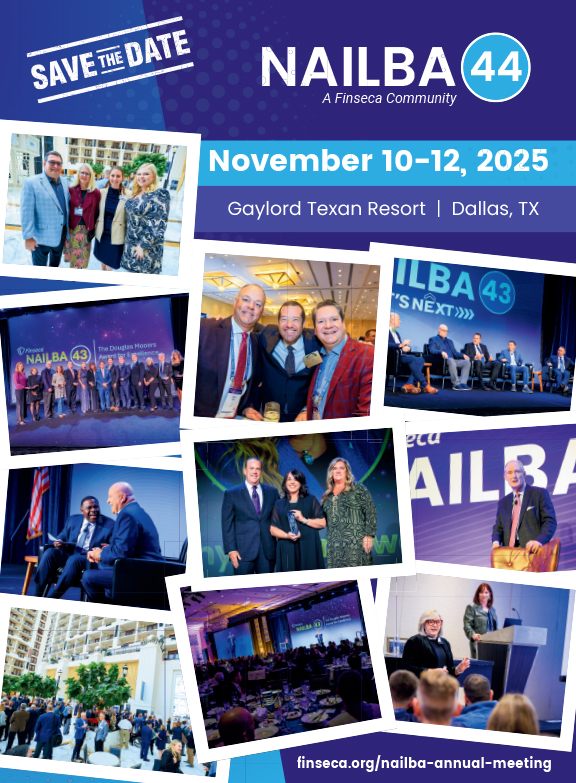
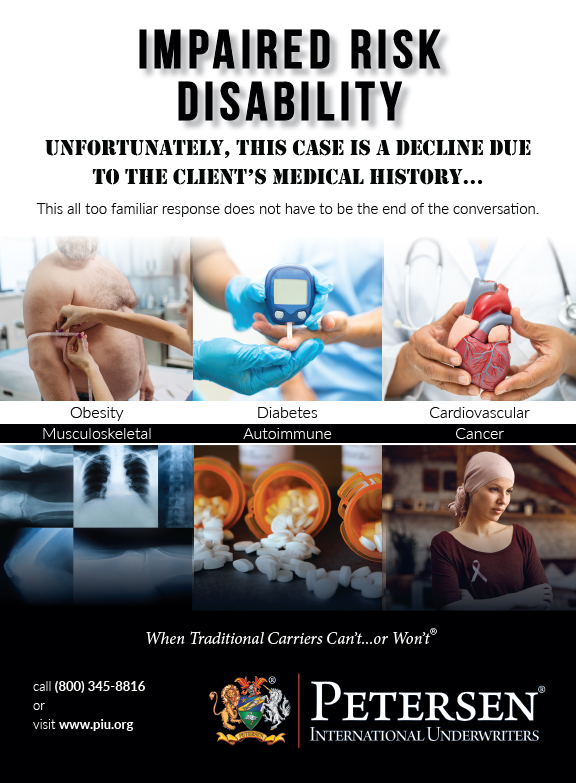
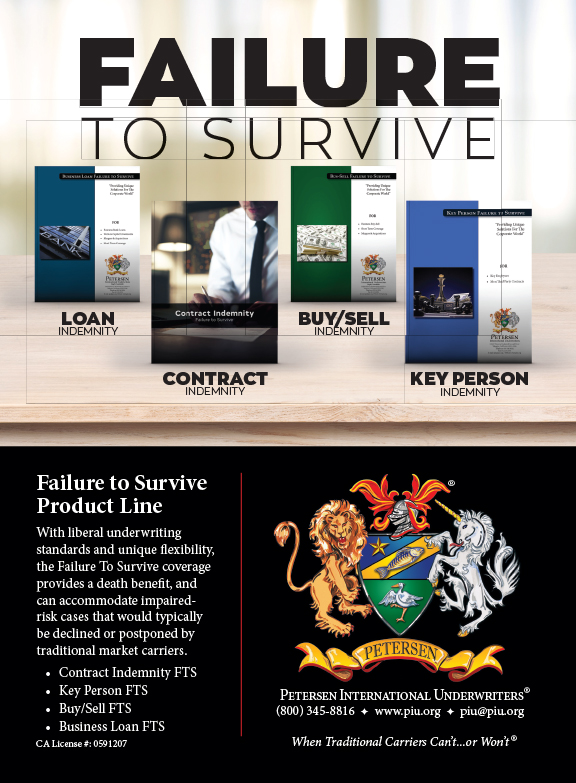
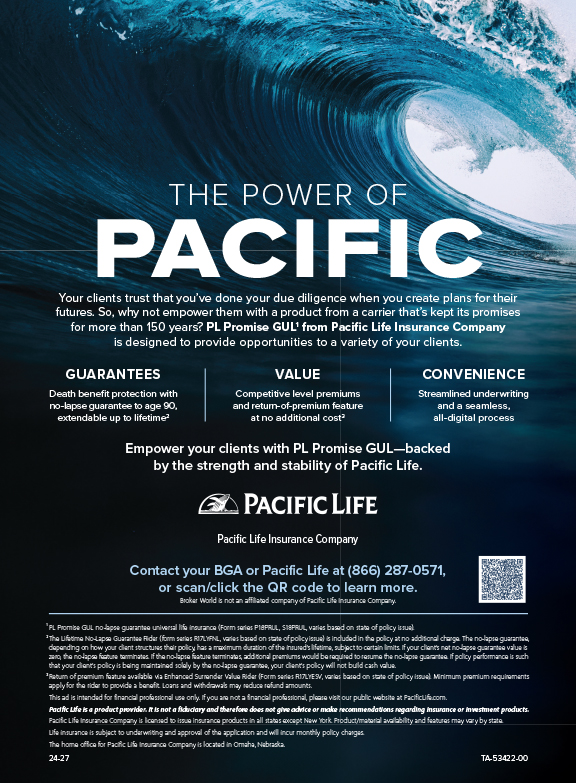


A Blind Eye
In a distant past presentation I would begin by suggesting that you could take a prospect gently by the hand, lead them to the edge of a bottomless pit of risk and they would invariably ignore the obvious. The situation may have gotten a little better in 20 years but not much. A recently published consumer survey on the Affordability of Long Term Services and Supports from KFF Health news and the New York Times, November 14, 2023, again lays bare Americans’ stunning and at this point legendary ability to avoid what remains as our largest unprotected risk. We know the real burden falls on the caregivers yet half of those surveyed had ever talked to an aging loved one as to who will care for them when the time comes. Even fewer had ever discussed how in the hell that care would be paid for and 43 percent were unsure how they would pay when it does hit. I know many of us have grown hoarse screaming about the frustration of dug in consumer resistance. This research pours a large quantity of salt into that open wound.
“The overwhelming majority of adults say that it would be impossible to pay.” Ninety percent regard the estimated $100,000 for a nursing home or $60,000 from assisted living cost as a bill they have little chance of paying!
And to put a fine point on it the survey also concludes:
The truth blazed across the sky is Americans remain unprepared. Perhaps we need to reiterate the obvious in some form of financial braille. Why do we continue to hear a cane tapping down an empty hallway? The brick wall is real. What must be done to expose the solidity of that barrier? Medicare pays a very limited amount and the balance is shared between private sources and state run Medicaid. Consumers know they are unprepared and that the burden is likely to fall on them directly. Four in ten surveyed lacked confidence that they would be able to pay. Fewer than half surveyed had ever even had a conversation with their loved ones about who would care for them or how it would be paid. Two-thirds surveyed felt anxious about affording care when needed. There was a clear socioeconomic component to the findings suggesting the obvious that as average income fell, anxiety and stress compounded. The “statistic” we know all too well is that fewer than half were doing anything to even try to plan ahead.
What rattles me the most is that we could have, exactly like a brilliant contestant on Jeopardy, anticipated these responses . There are no revelations here we have not seen before. I am not going to give in, without some reservation, to the temptation that we may have always been plagued by the blind leading the blind. From reinsurance to claims adjudication a handy blind eye may have impaired our ability to see the true nature of the risk or unveil the depth of perception required to avoid the obstacles we know remain in our path.
Other than that I have no immediately visible opinions on the matter.